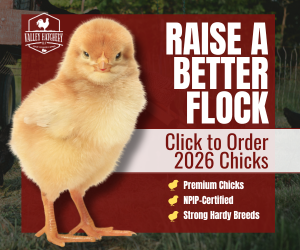I saw somthing on the TV today. It was for ferrets (kind of like a polecat). Would it work on chickens?
It was 2 tins of tuna, half a tub of fresh cream, a few big spoonfuls of smooth peanut butter and a carton of soya milk. Mix together snd serve!
Feed that combination on a regular basis and you'll have sick birds in no time. It really isn't as technical as some people would have all of us believe. Animal protein is superior to plant protein. Some animal proteins are more easily digested than others. Comparing milk with meat products, we find that experiments favor chickens receiving milk as recorded by L.W. Cassel in 1927 (footnote from G.F. Heuser's Feeding Poultry, 1959). Nothing has changed. Milk proteins were also found to assist with larger eggs than meat proteins. Tests were performed with liquid milk, evaporated buttermilk, evaporated cultured skim milk, etc. Buttermilk came out on top at 2.5 to 5% levels in mixed feed rations or grains according to egg production, weight, and hatchability of eggs. The benefits of buttermilk , besides easily digestible proteins, are also vitamins A, C, D, calcium, and probiotics. The added benefit of being more palatable in my experience than yogurt, means chickens will more readily eat good amounts of it. I use a 1% milkfat buttermilk.
Purpletree23 pointed out a very important practice of not feeding more than his/her chickens can eat in 10 minutes. When using buttermilk or milk products, it is very important to not let it sit and get rancid, or attract flies. Flies are the known vector for tapeworms and botulism that affect chickens.






